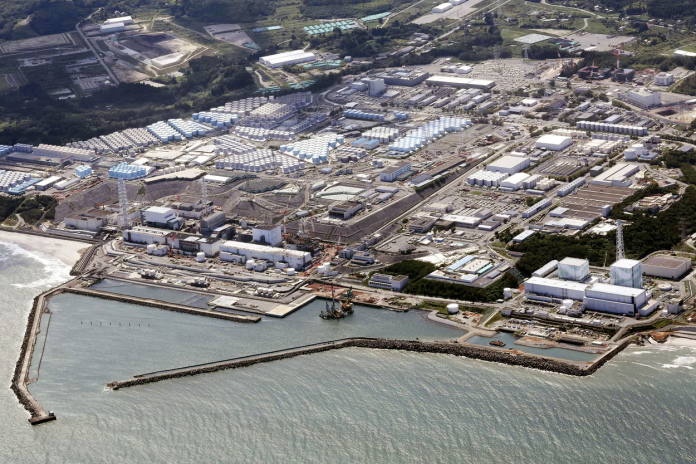The painstaking decommissioning of Japan’s Fukushima Daiichi nuclear plant entered a new phase on Tuesday as operators resumed trial extractions of molten fuel debris from one of the reactors destroyed in the 2011 disaster.
Tokyo Electric Power Company (TEPCO) began carefully removing small amounts of radioactive material from the No. 2 reactor’s containment vessel, marking a crucial step in the complex cleanup operation expected to take decades.
The procedure follows last November’s breakthrough when engineers successfully extracted a tiny fragment of melted fuel for the first time since the catastrophe.
Using specialised pipe-shaped equipment, technicians are attempting to collect several grams of the solidified fuel mixture that accumulated at the reactor’s base during the meltdown. NHK reported TEPCO aims to retrieve samples by next week if the delicate operation proceeds without complications.
The current test employs similar methodology to November’s successful trial, which provided vital data about the debris’ physical and chemical properties. Approximately 880 metric tonnes of radioactive material remain scattered across three reactors that suffered core meltdowns when a magnitude 9.0 earthquake triggered a devastating tsunami on 11 March 2011.
Tuesday’s operation represents gradual progress in what remains one of history’s most technically demanding nuclear cleanup projects. The 2011 disaster forced mass evacuations and left lasting contamination concerns, with complete decommissioning expected to take 30-40 years.
